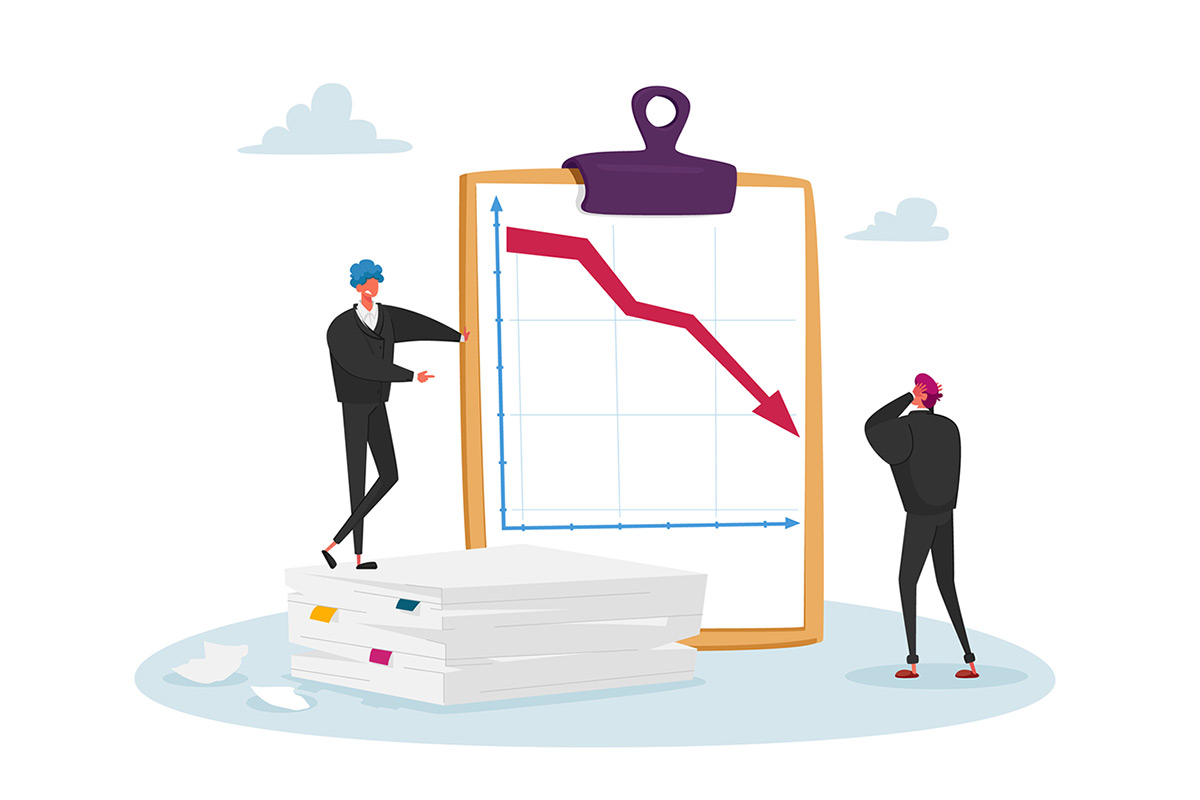While being on the front lines of the pandemic, the Hartford HealthCare (HHC) investment office managed an annual gain of 33.5%, well ahead of its market benchmark of 26.2%.
For the five-year period, the fund rose 13% versus its benchmark of 10.2%, and over the past seven years, the fund rose 9.2% versus its benchmark of 7.1%. By industry trust universe rankings, HHC ranks inside the top 10th percentile among its nonprofit peers.
The investment office’s formula was to batten down the hatches with effective hedges while remaining an active manager. As hospitals across the country cut market beta risks to shore up finances as the battle against the coronavirus raged instability on their industry, HHC, based in Hartford, Connecticut, used the run-up to pivot its asset allocation and add hedging strategies.
HHC CIO David Holmgren commented, “Our strategy is always focused on being conservative, so during strong markets we expect to rotate toward undervalued assets and we’re OK with giving up some upside for that disciplined protection. That aside, our excess returns from active management were large enough to offset any drag from running conservative.”
Driving the excess at the $4.1 billion fund was its roughly 10% internally managed direct investment program in collaboration with HHC’s highest conviction partners, including Standard General, Column Group, and Balderton Capital. The direct investment program rose 60% for the year. Another standout contributor was HHC’s special opportunities fund, with a similar return led by managers Greywolf Capital Management, Cohen & Steers, and K1 Investment Management.
Holmgren, who’s widely known for his position supporting active management, told CIO, “I firmly believe our record demonstrates the value-add of active asset management. These markets are way too risky to be flying on autopilot, and the best way to control market risks is to be actively allocated.”
Over the near-term horizon, the fund is planning to become even more inflation protected. It’s increasing its allocation to economic hedge assets from 15% to 20% over the next fiscal year.
In addition, Holmgren attributed HHC’s trajectory to his investment committee, which, he says, has provided multi-dimensional perspectives and enabled him to “punch way above our weight class.”
HHC’s committee features some of the state’s most influential CIOs, including Bob DeAngelo, Sue Collins, Gary Draghi, Anne Martin, David Roth, Cynthia Steer, and Greg Toczydlowski. During the past year, it welcomed two additional high profile CIOs: Harshal Chaudhari and Amy Stepnowski. “Obviously, our charitable mission has a better chance for success given the network and governance from our outstanding committee, ” Holmgren noted.
“Let’s start by acknowledging the obvious, that is the incredible performance, both absolute and risk adjusted, since David became the CIO,” Roth, chair of the investment committee, told CIO. “What is less obvious is the impact that performance has on the entire Hartford HealthCare system. These returns play directly into the bottom line of the system and provide HHC with the stability and flexibility to execute its strategic plan and more fundamentally fulfill its mission. To my mind, providing support of the mission and growing the asset pool all while being highly risk aware speaks volumes to the thought, processes, and diligence that David and his team bring to their work.”
Related Stories:
2018 Industry Innovation Awards: Hartford HealthCare
Investing Well by Doing Good: A CIO Benefits from the VC-ESG Connection
Op-Ed: An Allocator’s Role in Fighting Discrimination
Tags: Active Management, annual return, David Holmgren, David Roth, Direct Investments, Hartford HealthCare, inflation protection, undervalued assets



